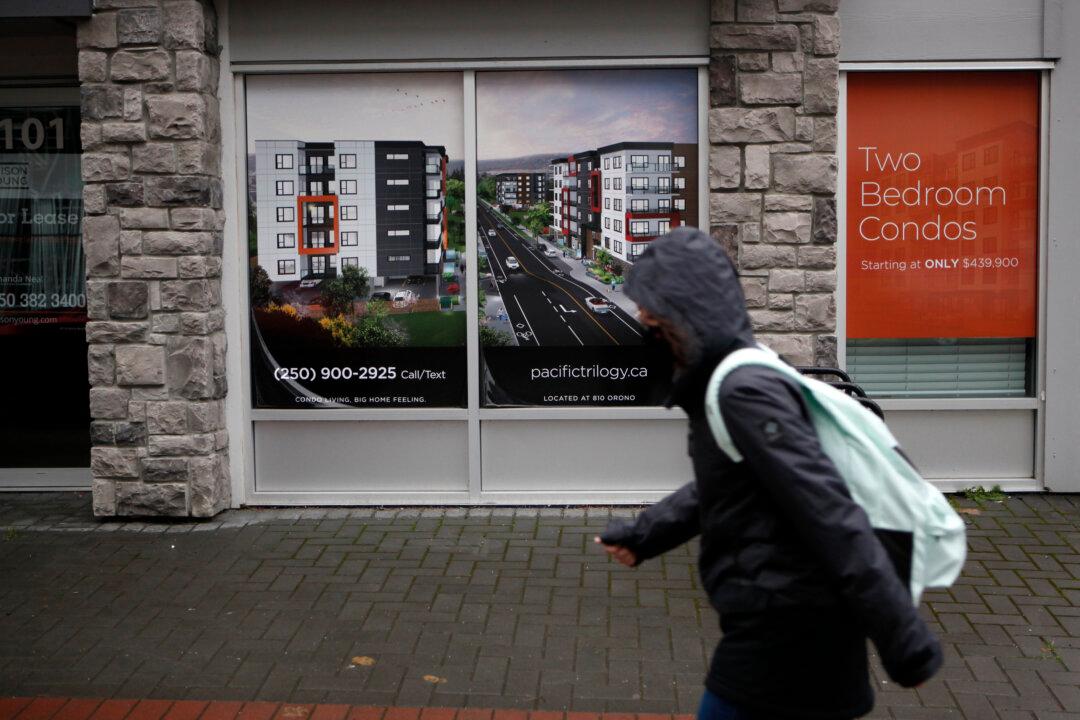Young Canadians are losing $750 a month on average living in cities across the country, and to break even, they will have to give up on entertainment, transportation, and dining out, a public policy think tank says.
Youthful Cities looked at the affordability of 27 cities across Canada for youths aged 15 to 29. With 54 measures in its Real Affordability Index, the think tank said people in this age group are struggling to keep up with the rising cost of living in cities.





